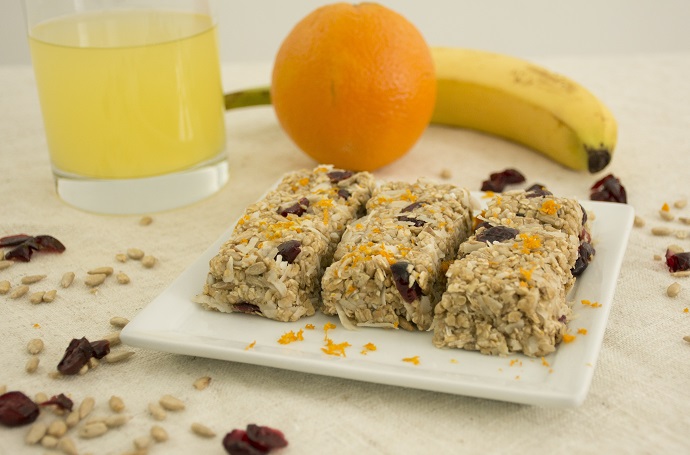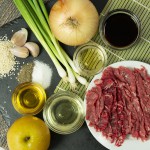There’s a billion-dollar industry selling energy bars and drinks, protein powders, pills, and supplements. That’s why you’ll find hundreds of options and many opinions for or against them. Generally speaking, we’re against them.
Although their use is widespread, supplements can be dangerous for both an athlete’s health and athletic career. Companies don’t have to prove that supplements are safe or effective before they’re made publicly available. Studies have shown that 15-25% of supplements contain an unlabeled substance banned by the NCAA.
There are exceptions to the rule. Vitamin supplementation may be necessary in special situations to address preexisting deficiencies. For example, indoor athletes may lack sufficient Vitamin D, female athletes may lack sufficient iron, and very young athletes may lack sufficient calcium. Similarly, vegetarian athletes may be deficient in some nutrients, have low energy reserves, and be at higher risk of stress fractures and low bone mineral density. In any of these situations, an athlete should consult a doctor or Registered Dietitian Nutritionist—not a drug store aisle—for testing, diagnosis, and a treatment plan.
So what should you do instead? We recommend a “food-first" approach, which consists of a varied diet of fruits, veggies, grains, legumes, lean protein, oils, and starches, and provides sufficient energy for activity and metabolism. This same approach will also provide the necessary micronutrients.
In addition to a varied food-first diet, convenient, portable sports bars and drinks have a place. We’re big fans of our house-made items, but we know you may not have the time to make them at home. Here’s what to look for when purchasing them for you or your family.
A sports drinks should provide the simple carbohydrates, electrolytes, and water needed to keep going during intense or extended activity. Sports bars should provide a 4:1 ratio of simple carbohydrates to protein with some fat to top off energy stores and begin recovery.
Look for ingredients you can recognize, pronounce, and find in a grocery store aisle. Minimize consumption of products with artificial colors, flavors, additives, and preservatives.







